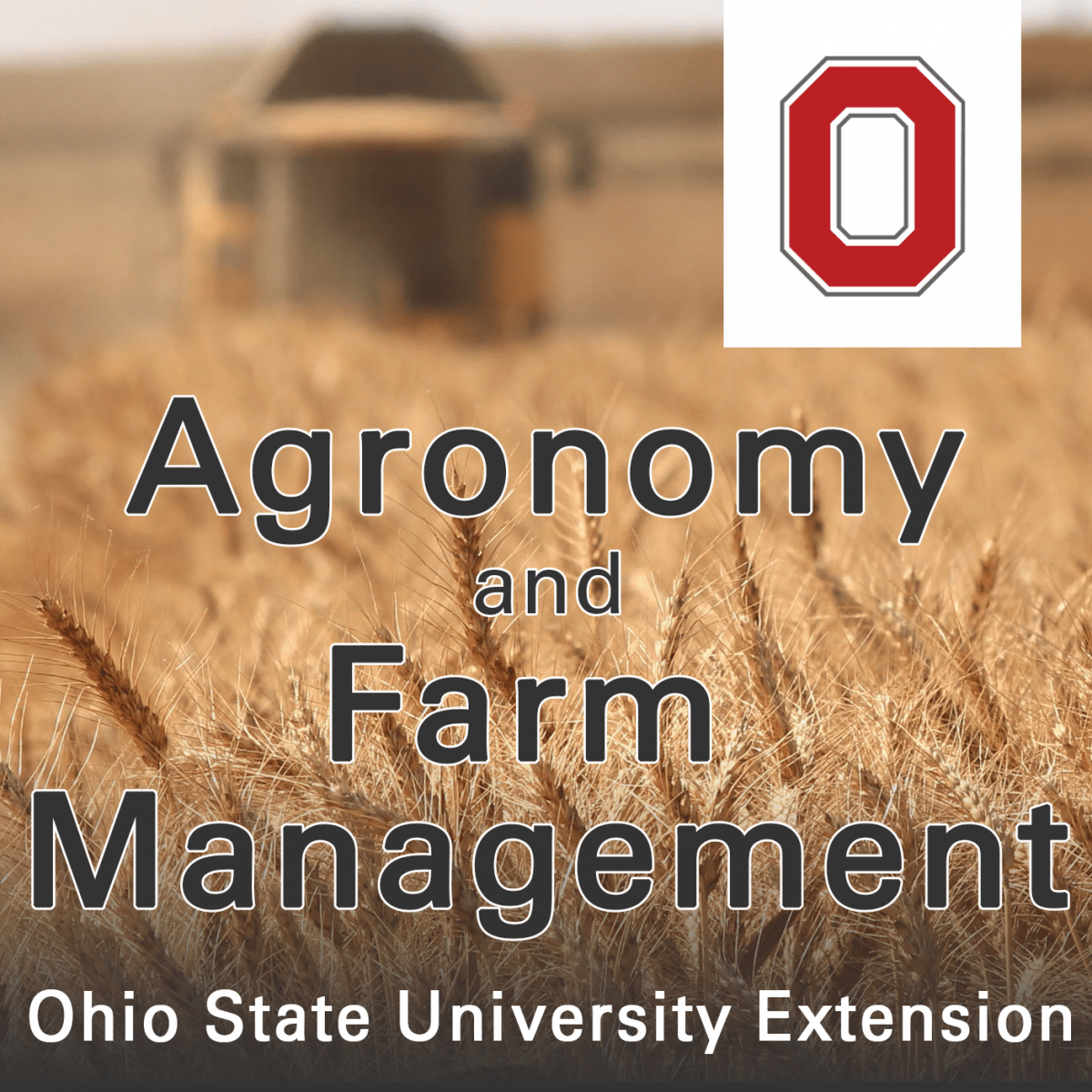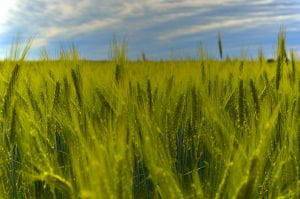 Know via his Twitter handle as the @CoverCropDr, Dr. Shalamar Armstrong is an Associate Professor of Soil Conservation and Management in the Department of Agronomy at Purdue University. He holds a B.S. degree in Plant and Soil Science from Southern University, an M.S. in Soil Fertility from Alabama A&M University, and a Ph.D. in Agronomy from Purdue University.
Know via his Twitter handle as the @CoverCropDr, Dr. Shalamar Armstrong is an Associate Professor of Soil Conservation and Management in the Department of Agronomy at Purdue University. He holds a B.S. degree in Plant and Soil Science from Southern University, an M.S. in Soil Fertility from Alabama A&M University, and a Ph.D. in Agronomy from Purdue University.

Paulding County is very excited to host a soil health tour round-up event with Armstrong as the keynote speaker. Speaker Shalamar Armstrong of Purdue University will speak on Cover Crops’ Effects on Nitrogen and Phosphorus Cycling and Fate, and certified crop advisor credits will be available for this talk. In addition, talk with farmers from Northwest Ohio about different practices used to improve soil health on their farms. This event follows the Northwest Ohio Soil Health Tour showcasing different soil health practices, such as reduced tillage, cover crop usage, manure usage, and structural practices such as controlled drainage and wetlands.
Soil Health Event – Thursday, August 19th from 6:30 PM – 8:30 PM; networking from 6:30 PM – 7:30 PM with speaker Shalamar Armstrong beginning his talk at 7:30 PM. A free meal is being sponsored by The Nature Conservancy and an RSVP is appreciated by Wednesday, August 18 by 5:00 PM.
Where: Soil Health Event – Paulding County Extension Building, 503 Fairground Dr. Paulding, OH 45879
Cost: No cost
RSVP: Registration is required for the Soil Health Event, as a meal will be provided at go.osu.edu/soilhealthtour
For more information, contact Rachel Cochran at Cochran.474@osu.edu or 567-344-5016 or Sarah Noggle, noggle.17@osu.edu or 419-399-8225


















 Farmers living in the following 14 northwest Ohio counties will be eligible to apply for funds at their local Soil and Water Conservation Districts starting on February 1, 2020: Allen, Auglaize, Defiance, Fulton, Hancock, Hardin, Henry, Lucas, Mercer, Paulding, Putnam, Van Wert, Williams, and Wood.
Farmers living in the following 14 northwest Ohio counties will be eligible to apply for funds at their local Soil and Water Conservation Districts starting on February 1, 2020: Allen, Auglaize, Defiance, Fulton, Hancock, Hardin, Henry, Lucas, Mercer, Paulding, Putnam, Van Wert, Williams, and Wood.